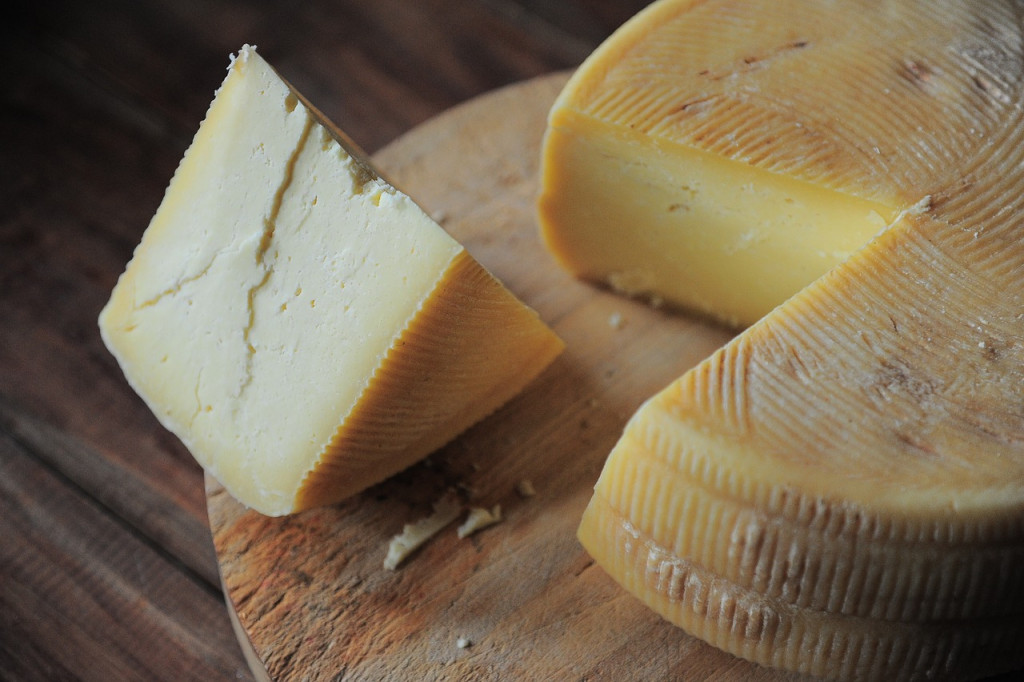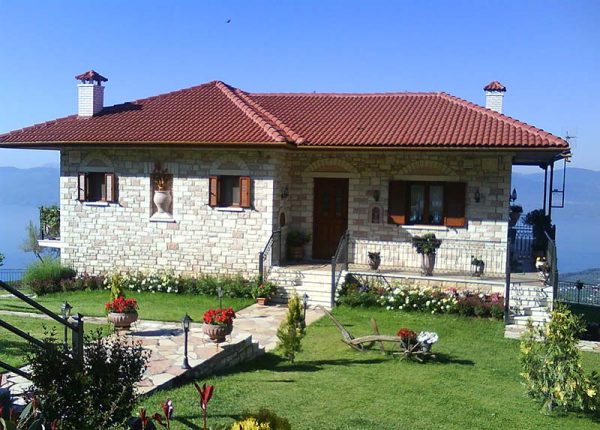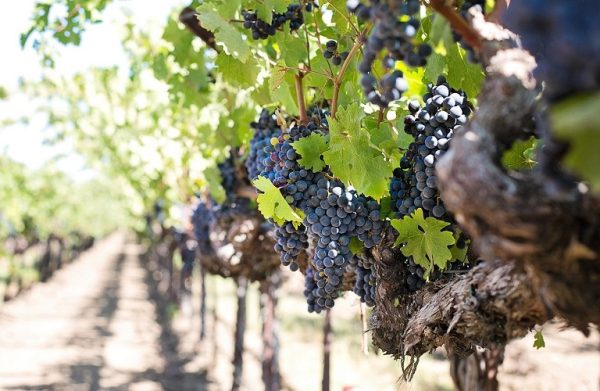
The final stretch of the procedures followed by the Region of Epirus for the recognition of the traditional cheese “Kaskavali Pindos” as a Protected Geographical Indication (PGI) product.
Specifically, on May 17, the “approval” notice of the PGI was published in the European Union’s newspaper, for the “Kaskavali Pindos”, with a three-month margin for submitting any objections before the final approval.
The research program was carried out by the Agricultural Products Technology Institute – Dairy Department of Ioannina (Dairy School).
View the traditional product
The Region of Epirus, after this positive development, proceeds – in collaboration with restaurants – to promote the traditional product through the production of flavors.
On the occasion of the initial inclusion of the product in the PGE products, the regional governor Mr. Alexandros Kahrimanis pointed out that the Kaskavali is a local quality product produced in the area by nomadic breeders.
Continuing, he informed about the initiative underway by about 25 local restaurants to produce recipes based on Kaskavali.
He also explained that the “kaskavali” with the designation PGI will be produced throughout Epirus and in the neighboring prefectures of Thessaly and Western Macedonia bordering Pindos.
What is Kascavali or Kascaval?
“Kaskavali Pindou/Kaskaval Pindou” is a semi-hard cheese, whitish to pale yellow in color, cylindrical or block-shaped.
It is prepared using the technique of heated sheep’s cheese mass or a mixture of sheep’s and goat’s milk (always goat’s in a ratio of less than 35%), using a special technique developed and spread by the Vlach-speaking nomads-breeders of the Balkans, driven from the regions of central northern end of the Pindos mountain range.
The cheese requires a total preparation-ripening period of about 90 days to be ready for consumption. The characteristics of the product are due to the high fat content and the rich aromas of the milk of the designated area, but also to its traditional cheese-making technique, which requires the processing of the cheese mass to be done in two distinct stages. Thus, it is possible to directly process the milk produced in the summer at the mountain altitudes, where there are no cheese-maturation facilities.
Latest News

Tax Filing in Greece Surpasses Expectations
Taxpayers who submit their returns by April 30 will benefit from an increased tax discount of 4% if they opt for a lump-sum payment by July 31, 2025

Evangelos Marinakis: Proud of Diaspora Greeks, ‘Who’re All Together, United’
Marinakis, an Honorary Grand Marshal of the 86th Greek Independence Parade on Sunday, was touched by his contacts in New York City with members of the Greek-American community, where he spoke fondly of the Diaspora: ‘Twice as Greek, Twice over as Olympiacos fans'

Stirring 86th Greek Independence Day Parade Down 5th Ave. Evangelos Marinakis an Honorary Grand Marshal
According to NYPD sources, the 2025 parade is expected to be one of the biggest in recent memory, with some 120 groups with 52 floats and 15 marching bands paraded from 64th to 79th streets along renowned Fifth Avenue

PM Mitsotakis Highlights Chevron’s Interest in Greek EEZ in Weekly Review
“The interest from Chevron is important because a leading American multinational chooses to invest in Greek maritime plots, thus practically recognizing Greece's EEZ in the area,” the prime minister said.

PM Mitsotakis Visits Israel for Talks on Defense, Energy, and Stability
According to sources, the meetings will cover bilateral collaboration as well as regional developments, particularly in the Eastern Mediterranean and Syria.

Pyatt stresses major Greek role in regional energy map, importance of ongoing Greek-Turkish talks
The former US Assistant Secretary of State foe Energy Resources passionately underlines importance of NATO and America's Global Alliances for US security

Applications for Child Benefit Open Again
The electronic platform for submitting Child Benefit applications, A21, will re-open at 08:00 on Monday, March 31, 2025.

Ellinikon Redevelopment Advances: Key Projects on Track
Spanning 17,000 square meters, the shopping center has already leased out 75% of its space, with an average rental price of 85 euros per square meter.

Aid Arrives as Myanmar Struggles with Earthquake Aftermath
Aid is starting to arrive after the powerful 7.7-magnitude earthquake which struck central Myanmar on Friday, causing widespread devastation and claiming over 1,000 lives.

Over 60% Greeks Own a First Home, 39% a 2nd Home: European Report
The responses from 20,000 European adults who participated in the “RE/MAX European Housing Trend Report 2024,” conducted by Opinium Research for RE/MAX Europe, highlight the evolving expectations for residential spaces










![Τουρκία: Μεγάλες βλέψεις για παραγωγή ηλεκτρικών οχημάτων [γράφημα]](https://www.ot.gr/wp-content/uploads/2025/03/ot_turkish_autos-90x90.png)



![Ξενοδοχεία: «Τσίμπησαν» οι τιμές το 2024 – Πόσο κόστισε η διανυκτέρευση [πίνακας]](https://www.ot.gr/wp-content/uploads/2025/03/hotels-90x90.jpg)






![ΕΛΣΤΑΤ: Αυξήθηκε η οικοδομική δραστηριότητα κατά 15,6% το Δεκέμβριο [πίνακες]](https://www.ot.gr/wp-content/uploads/2025/03/DSC9655-2-1024x569-1-90x90.jpg)









![Ευρώπη: Στις 760.000 θα ανέλθουν οι νέες θέσεις εργασίας με την αύξηση των δαπανών για την άμυνα [γράφημα]](https://www.ot.gr/wp-content/uploads/2025/03/photo_2025-03-05_13-28-51-1-1024x600-1-600x352.jpg)










 Αριθμός Πιστοποίησης
Αριθμός Πιστοποίησης